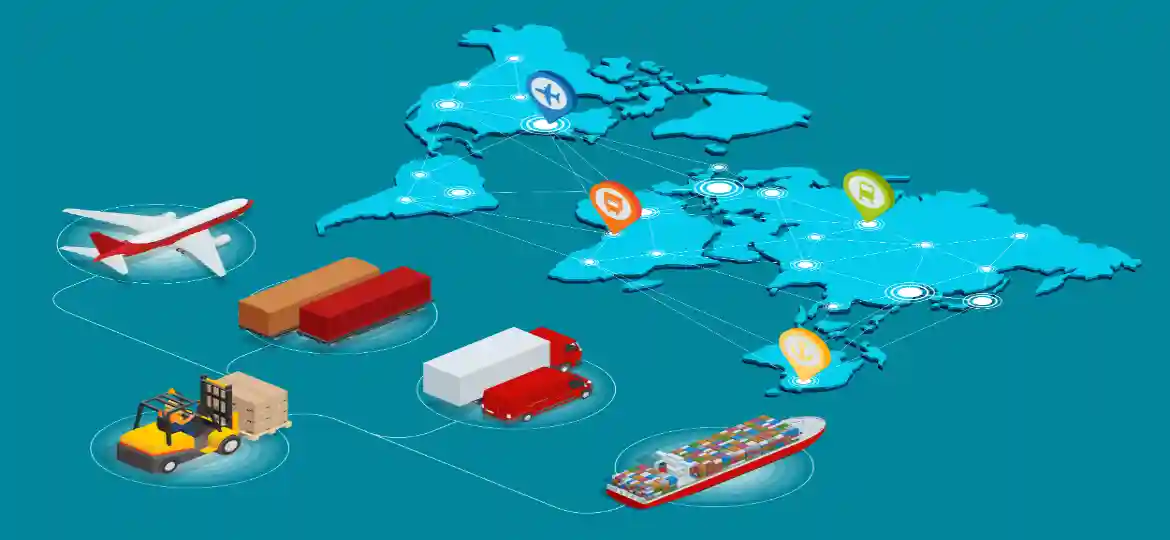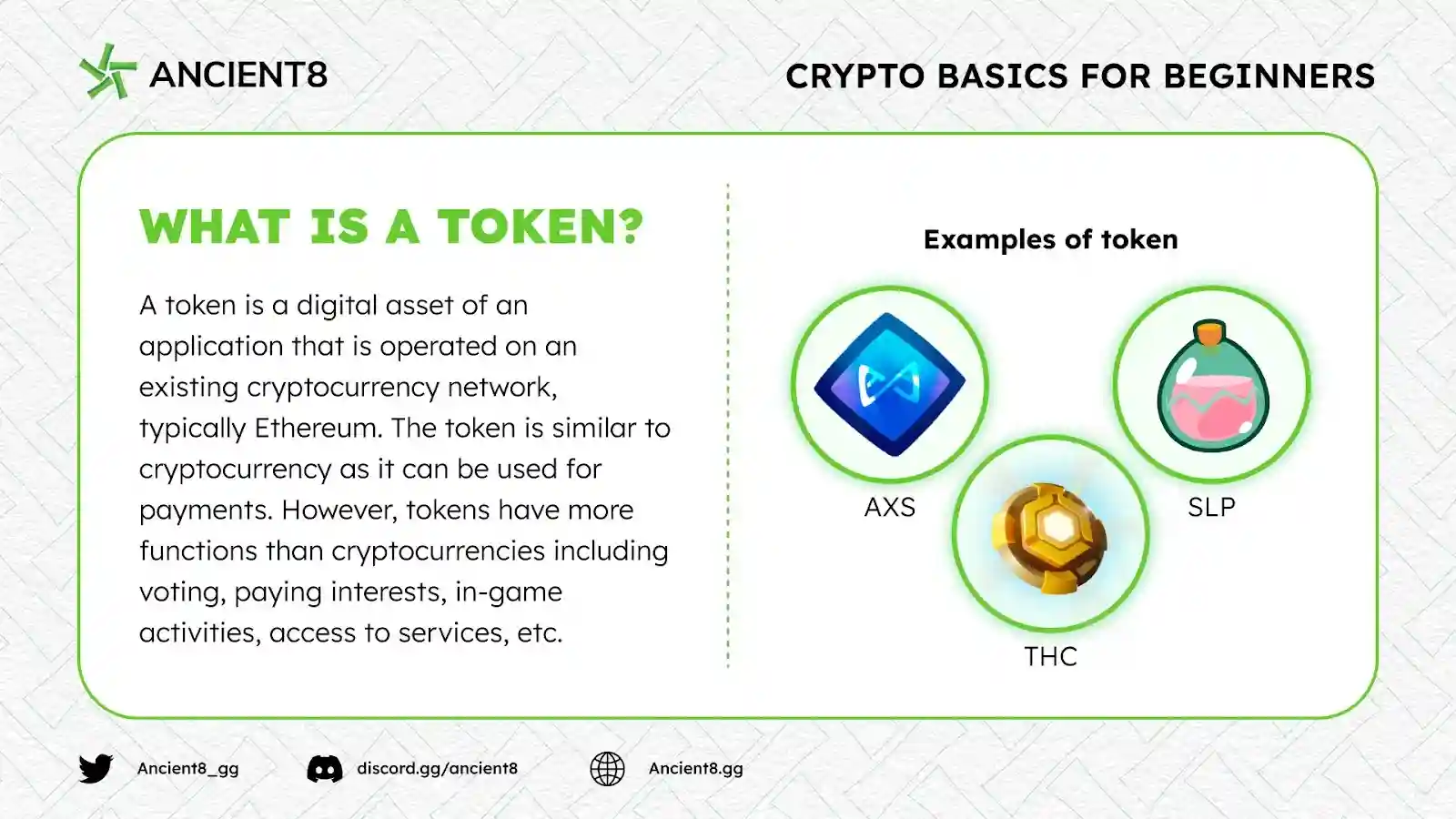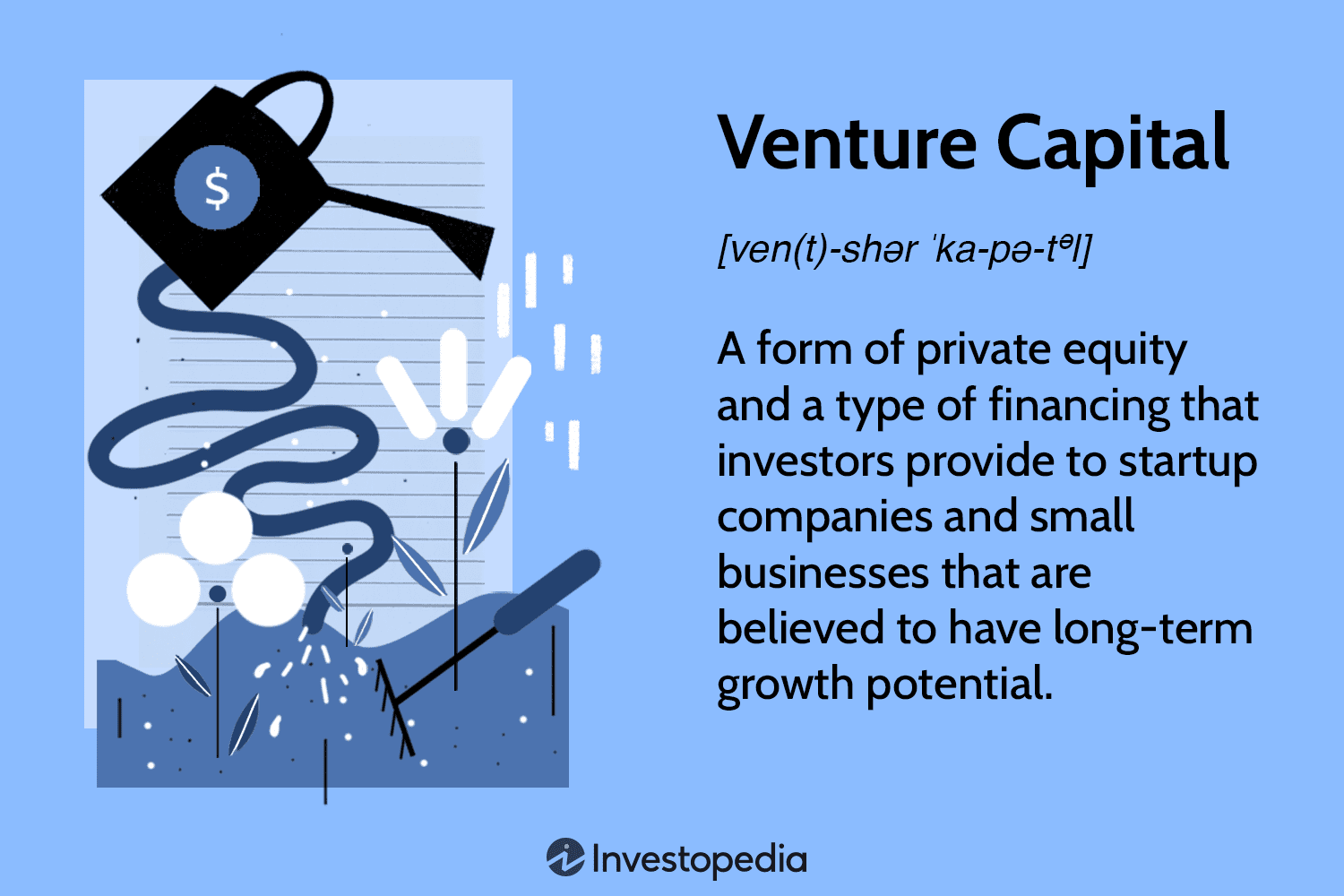What Is the Global Supply Chain?
Mia Wilson

Photo: What Is the Global Supply Chain?
What Is the Global Supply Chain?
In today's interconnected world, the global supply chain plays a critical role in ensuring the seamless production and delivery of goods across international markets. From raw material extraction to final product distribution, the global supply chain involves numerous stages, processes, and participants that work together to meet consumer demand. Understanding how this system functions is essential for businesses, governments, and consumers alike.
Understanding the Concept of the Global Supply Chain
The global supply chain refers to the network of suppliers, manufacturers, warehouses, and distribution centers spread across multiple countries that collaborate to produce and deliver goods. This complex system encompasses a series of interconnected activities, including procurement, transportation, warehousing, and retailing, all of which are crucial for moving products from suppliers to end-users.
In essence, a global supply chain differs from a local or regional supply chain by its geographic reach. While local supply chains operate within a specific country or region, global supply chains stretch across continents, involving multiple international players and regulatory frameworks.
Key Components of the Global Supply Chain
To better understand the global supply chain, it’s important to break down its key components:
1. Suppliers
Suppliers provide the raw materials or components required for manufacturing. In a global context, suppliers may be based in different countries, chosen for their cost advantages, quality standards, or proximity to natural resources.
2. Manufacturers
Manufacturers transform raw materials into finished goods. These facilities are often located in regions with lower labor costs, favorable trade policies, or specialized expertise. For instance, many electronics are assembled in East Asia due to the region’s well-established manufacturing infrastructure.
3. Logistics Providers
Logistics providers handle the transportation and warehousing of goods. Global logistics involves various modes of transport, such as sea freight, air cargo, and trucking, each selected based on cost, speed, and reliability.
4. Distributors and Retailers
Distributors ensure that products reach retail markets efficiently, while retailers sell the products to end consumers. Global distributors often operate extensive networks to ensure timely delivery across different regions.
The Evolution of the Global Supply Chain
The concept of the global supply chain has evolved significantly over the past few decades. Several factors have contributed to its expansion and complexity:
Technological Advancements
Advances in communication and transportation technologies have greatly facilitated the development of global supply chains. Innovations such as real-time tracking, automated warehouses, and digital marketplaces enable businesses to manage operations across borders with greater efficiency.
Globalization
The rise of globalization has led to increased trade liberalization and the formation of trade agreements, making it easier for companies to source materials and sell products internationally. Organizations can now tap into foreign markets to access cheaper labor and raw materials, significantly lowering production costs.
Demand for Diverse Products
As consumer preferences have become more diverse, companies have expanded their product offerings. Meeting these demands often requires sourcing from various locations worldwide, contributing to the complexity of the global supply chain.
Benefits of a Global Supply Chain
The global supply chain offers numerous advantages, which explain its widespread adoption by multinational corporations:
Cost Reduction
By sourcing materials and labor from low-cost regions, companies can significantly reduce production expenses. For instance, outsourcing manufacturing to countries with lower wage rates helps businesses remain competitive in price-sensitive markets.
Access to Specialized Skills
Certain regions have expertise in specific industries. For example, Germany is renowned for precision engineering, while China excels in mass manufacturing. A global supply chain allows companies to leverage such specialized skills.
Scalability
Operating on a global scale enables companies to meet growing demand by tapping into multiple markets. This approach not only increases revenue potential but also mitigates the risk of relying on a single region for sales.
Challenges Faced by the Global Supply Chain
Despite its benefits, the global supply chain is not without its challenges. Businesses must navigate several obstacles to ensure smooth operations:
Supply Chain Disruptions
Natural disasters, political instability, and pandemics can disrupt the flow of goods. The COVID-19 pandemic, for instance, exposed significant vulnerabilities in global supply chains, leading to widespread delays and shortages.
Regulatory Compliance
Operating across borders means adhering to different countries' regulations, which can vary greatly in terms of labor laws, environmental standards, and tariffs. Companies must invest in compliance to avoid fines and delays.
Environmental Impact
The global supply chain has a significant environmental footprint due to extensive transportation and energy consumption. Companies are increasingly under pressure to adopt sustainable practices, such as using eco-friendly packaging and reducing emissions.
Strategies for Optimizing the Global Supply Chain
Given the challenges, companies are adopting various strategies to improve efficiency and resilience:
Diversification of Suppliers
Relying on a single supplier or region can be risky. Diversifying suppliers across different countries helps businesses mitigate the impact of regional disruptions.
Adoption of Technology
Technological tools such as artificial intelligence (AI), blockchain, and the Internet of Things (IoT) enhance visibility and efficiency in the global supply chain. AI-driven predictive analytics, for example, can forecast demand more accurately, reducing waste and improving resource allocation.
Sustainability Initiatives
Many companies are committing to more sustainable supply chains by minimizing waste, optimizing transportation routes, and partnering with eco-conscious suppliers. These initiatives not only reduce environmental impact but also improve brand reputation.
The Future of the Global Supply Chain
Looking ahead, the global supply chain is likely to undergo significant transformations driven by technological advancements and changing consumer expectations. Here are some trends to watch:
Increased Use of Automation
Automation in manufacturing and logistics is expected to grow, enhancing efficiency and reducing costs. Autonomous vehicles, drones, and smart warehouses are becoming more commonplace.
Reshoring and Nearshoring
In response to supply chain disruptions and rising labor costs abroad, some companies are shifting production closer to home. Reshoring (bringing production back to the home country) and nearshoring (moving production to nearby countries) are gaining traction as strategies to improve supply chain resilience.
Greater Emphasis on Resilience
Companies are investing in risk management and contingency planning to ensure that they can withstand future disruptions. This includes building buffer stocks, diversifying logistics partners, and enhancing supplier collaboration.
Conclusion
The global supply chain is a vital component of the modern economy, enabling the production and distribution of goods on an unprecedented scale. While it offers numerous benefits such as cost efficiency, access to global markets, and scalability, it also comes with significant challenges, including regulatory complexity and vulnerability to disruptions. By adopting innovative technologies, diversifying suppliers, and focusing on sustainability, companies can optimize their global supply chains for the future.
Understanding the intricacies of the global supply chain is crucial for businesses aiming to remain competitive in a fast-evolving world. As technology continues to reshape supply chain operations, those who adapt quickly will be well-positioned to thrive in the global marketplace.
For You
View AllDiscover the ultimate luxury car brands that define sophistication, innovation, and performance. See the top picks now!
Mia Wilson
Never miss a detail with this travel itinerary checklist. Ensure your trips are smooth, organized, and unforgettable with these essential tips!
Mia Wilson
Get a beginner’s guide to cryptocurrency, its workings, and why it’s transforming finance. Click to stay informed!
Mia Wilson
Understand Foreign Direct Investment (FDI), its benefits, and its role in global trade. Click for a comprehensive guide!
Mia Wilson
Learn about secondary education, its structure, and its role in shaping academic and career paths. Get insights today!
Mia Wilson
Uncover the meaning of venture capital, its benefits, and how it fuels startups. Click to understand its role in business!
Mia Wilson
Education
View All
April 22, 2025
What Is Early Childhood Education?
Explore early childhood education, its benefits, and how it shapes a child’s future. Start building strong foundations!

April 19, 2025
What Is Higher Education?
Understand higher education, its benefits, and how it shapes future opportunities. Explore your potential now!

April 18, 2025
What Is Special Education?
Dive into special education, its purpose, and how it supports students with unique needs. Learn how it changes lives!





